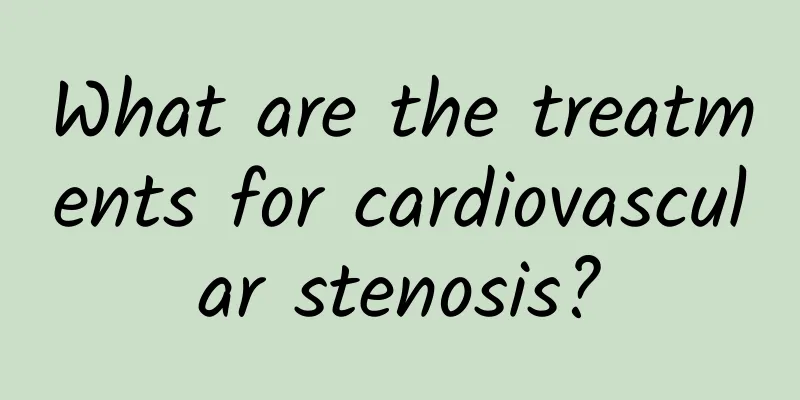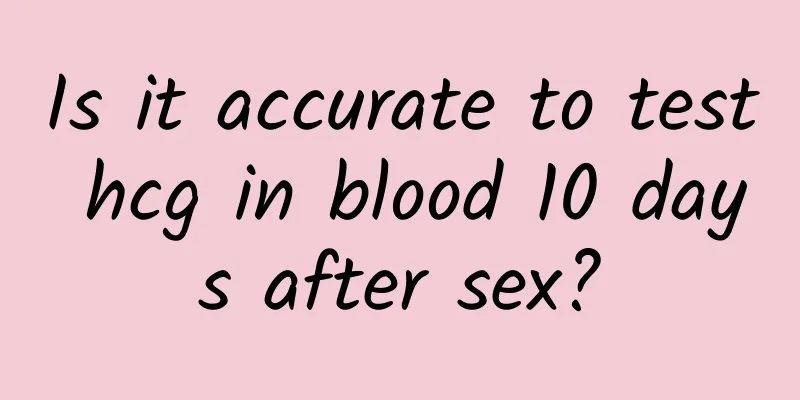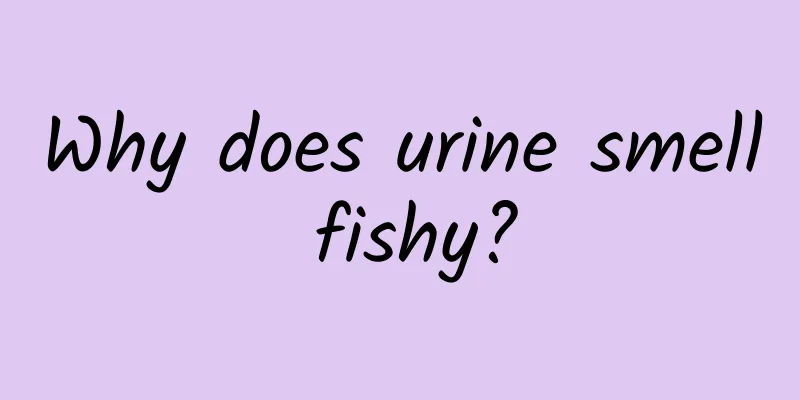Causes of low blood pressure

|
Normal people also have normal blood pressure, but many people nowadays are not in good health, and their blood pressure is not very normal. Some people have high blood pressure. I believe everyone knows that there are many people with high blood pressure, which has a lot to do with our daily life. Some people also have low blood pressure. Then you should have seen the phenomenon of low blood pressure and high blood pressure. Let’s take a look at the causes of low blood pressure and high blood pressure. There are many reasons for low blood pressure. Generally, it means that there are certain diseases in our body. For such blood pressure conditions, we must be able to pay attention to them in time, measure our blood pressure in time, and take some treatment measures as soon as possible. Blood pressure refers to the pressure exerted by blood on the blood vessel walls when blood flows in the blood vessels. It is divided into systolic pressure and diastolic pressure. Systolic pressure refers to the highest pressure in the arteries when the heart's ventricles contract (commonly known as "high pressure"); diastolic pressure refers to the lowest pressure in the arteries when the ventricles relax (commonly known as "low pressure"). It is generally believed that the systolic blood pressure of a normal adult is 90-140 mmHg, and the diastolic blood pressure is 60-90 mmHg. If an adult's systolic blood pressure is lower than 90 mmHg and diastolic blood pressure is lower than 60 mmHg, it is called "hypotension." Hypotension can be divided into two types: acute and chronic. Acute hypotension is common in syncope, myocardial infarction, etc. Chronic hypotension is often caused by: 1. Constitutional hypotension, also known as primary hypotension. This type of hypotension may be completely asymptomatic, or may only cause fatigue, palpitations, etc. The causes of constitutional hypotension are related to genetics and are affected by factors such as emotions and environment. 2. Postural hypotension, also known as orthostatic hypotension. When a normal person stands, the systolic blood pressure may drop temporarily, while the diastolic blood pressure remains unchanged, but the systolic blood pressure will return to normal within 30 to 40 seconds. If the blood pressure drops by more than 50 mmHg when changing from a supine position to an upright position or after standing up, and does not rise again for a long time, it is called "orthostatic hypotension". This condition is common in autonomic nervous system disorders, after long-term illness or after taking certain medications. 3. Suffering from endocrine diseases, such as hypothyroidism, chronic adrenocortical insufficiency, and hypopituitarism. 4. Suffering from chronic wasting and chronic malnutrition diseases, such as malignant tumors, tuberculosis, hepatitis, etc. 5. Suffering from cardiovascular diseases, such as chronic pericardial effusion and severe mitral stenosis. Among the above-mentioned causes of hypotension, constitutional and postural causes are the most common. These two types of hypotension are not necessarily manifestations of disease. If no other abnormalities are found during examination at the hospital, there is no need to worry. However, patients should actively participate in physical activities and relax their body and mind to enhance the stability of their physical fitness and neurological function. In addition, patients can also choose the following two methods for treatment as appropriate. 1. Take 10 grams each of licorice and cinnamon twig, one dose per day, soak in water and drink as tea. This prescription is suitable for people who are weak, dizzy and weak. It is contraindicated for those with blood deficiency and heat. 2. Take 12g each of Schisandra chinensis and licorice and 15g of Poria cocos, one dose per day, brew as tea. For "symptomatic" hypotension caused by primary diseases, patients should go to the hospital for a comprehensive examination and treatment. When the primary disease is cured, the symptoms of hypotension will improve or disappear. Generally speaking, systolic blood pressure>70 and diastolic blood pressure>50 are considered normal blood pressure. If your blood pressure is indeed low, you can try the following: 1. Eat both meat and vegetables, and combine meals reasonably to ensure that you take in comprehensive and sufficient nutrients, so that your physique will gradually become stronger from being weak. 2. If you have anemia accompanied by low red blood cell count and insufficient hemoglobin, you should eat more foods rich in protein, iron, copper, folic acid, vitamin B12, vitamin C and other "hematopoietic raw materials", such as pork liver, egg yolk, lean meat, milk, fish, shrimp, shellfish, soybeans, tofu, brown sugar and fresh vegetables and fruits. Correcting anemia helps increase cardiac output, improve blood supply to the brain, raise blood pressure and eliminate adverse symptoms caused by low blood pressure. 3. Fruits such as lotus seeds, longans, jujubes, and mulberries have the power to nourish the heart and blood, strengthen the spleen and nourish the brain, and can be eaten frequently. 4. People with poor appetite should eat appropriate amounts of appetite-stimulating foods and condiments, such as ginger, onions, vinegar, sauce, sugar, pepper, chili, beer, wine, etc. 5. In contrast to hypertension, this disease should adopt an appropriate high-sodium, high-cholesterol diet. Sodium chloride (i.e. table salt) needs to be consumed at 12-15 grams per day. Foods that are high in cholesterol, such as brain, liver, eggs, cream, fish roe, pork bones, etc., if eaten in moderation and regularly, can help increase blood cholesterol levels, increase arterial tension, and raise blood pressure. Now everyone should have an understanding of the causes of high low blood pressure. Many people's low blood pressure is relatively high, which is very disturbing. Everyone should adjust it in time, especially in daily diet. You should have a reasonable diet, eat both meat and vegetables, eat more foods that nourish the heart and blood, such as dates and lotus seeds, and control your blood pressure well. |
Recommend
Cryoablation for atrial fibrillation
Atrial fibrillation is a serious heart disease. A...
What to eat to nourish yin? What are some foods that nourish Yin?
Nourishing Yin, a term in traditional Chinese med...
Will the wound get infected if it gets wet?
If you have a wound, you must prevent infection, ...
What causes pain in the middle of the waist?
Many people feel pain in the middle of their wais...
What to eat to help cesarean section scar healing
After a cesarean section, a long, ugly scar will ...
Symptoms and treatment of proctitis 3 treatments
Proctitis, as an increasingly common gastrointest...
Dense red spots on the back of the hand
If there are dense red spots on the back of your ...
The efficacy, effects and contraindications of Vitex rotundifolia
The role and efficacy of Vitex Mangzi and its tab...
The harm of allergic purpura is so serious!
Allergic purpura is a recurring skin disease that...
What are the advantages of TCM treatment of hemorrhoids?
Early treatment, early relief Ms. Zhao is a newsp...
What causes vaginal flatulence during sex?
Many people don't particularly understand vag...
Platelet 2
I don’t know if you have ever met such a person i...
What happens if a teenager ejaculates too much?
Adolescents are in a state of curiosity about var...
What is the effect of massaging the uterine reflex zone?
Friends who have some understanding of Chinese me...
Why does gout start in the feet? Is this the cause of the disease?
Recently, several of my friends have been sufferi...









